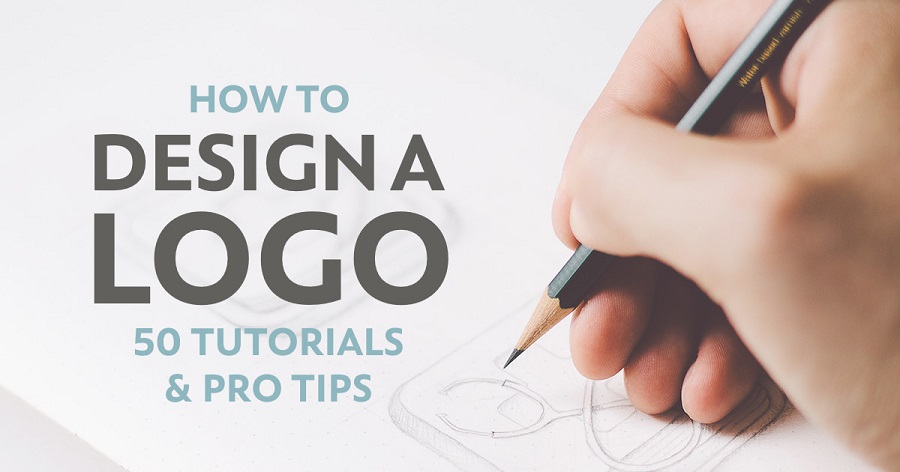
Crafting Brand Identity: A Guide to Logo Creation
In the bustling marketplace, a logo is more than just a graphical element; it’s the face of a brand, a symbol of its identity. A well-crafted logo can set a brand apart, making it instantly recognizable to its audience. As we delve deeper into the world of branding, let’s explore the nuanced process of logo creation and the best practices to consider.
Understanding the Power of a Logo
A logo’s primary purpose is to communicate. It conveys a brand’s core values, ethos, and identity. Recognizing this power is the first step. It’s essential to acknowledge that a logo isn’t just about aesthetics; it’s about storytelling, reflecting the essence of what the brand represents.
Think of some of the world’s most iconic logos – Apple, Nike, McDonald’s. They are not just symbols but narratives, each telling a distinct story. The key is simplicity paired with memorability.
Furthermore, a logo fosters brand loyalty. Consistency in presentation across platforms can make consumers feel more comfortable and connected with the brand, elevating trust and reliability.
Initial Steps in Logo Design
Start by understanding the brand thoroughly. Dive deep into its mission, vision, target audience, and unique selling points. This foundational knowledge will guide the design process, ensuring the logo truly resonates with its intended message.
Sketching is the next crucial step. Before diving into digital tools, hand-draw multiple variations, playing around with symbols, typography, and layouts. This brainstorming phase often births innovative concepts that can be further refined.
Color and Typography Choices
Colors evoke emotions. For instance, blue often symbolizes trust, while red can denote passion or urgency. It’s imperative to choose colors that align with the brand’s values and message. However, it’s also crucial to ensure the logo looks equally compelling in grayscale, given its varied usage.
Typography, on the other hand, can significantly influence perception. While a playful font might work for a children’s brand, a corporate entity might opt for something more structured and formal. The choice of typeface can make or break the design, so tread carefully.
It’s also essential to consider scalability. A logo should retain clarity, whether on a billboard or a business card. Testing across various sizes can ensure its versatility.

Feedback and Iteration
Once a draft is ready, seek feedback. Fresh eyes can offer invaluable insights, pinpointing areas of improvement. This iterative process, consisting of revisions based on feedback, ensures the logo’s effectiveness and relevance.
It’s also a wise practice to test the logo in real-world scenarios – on websites, merchandise, print ads, and more. Such practical application can highlight unforeseen issues, allowing for timely rectification.
Conclusion
Creating a logo is a blend of art and strategy. It demands a deep understanding of the brand and an artistic flair to encapsulate its essence visually. With careful consideration and continuous refinement, one can craft a logo that not only stands out but also stands the test of time, becoming an enduring symbol of the brand’s identity.
